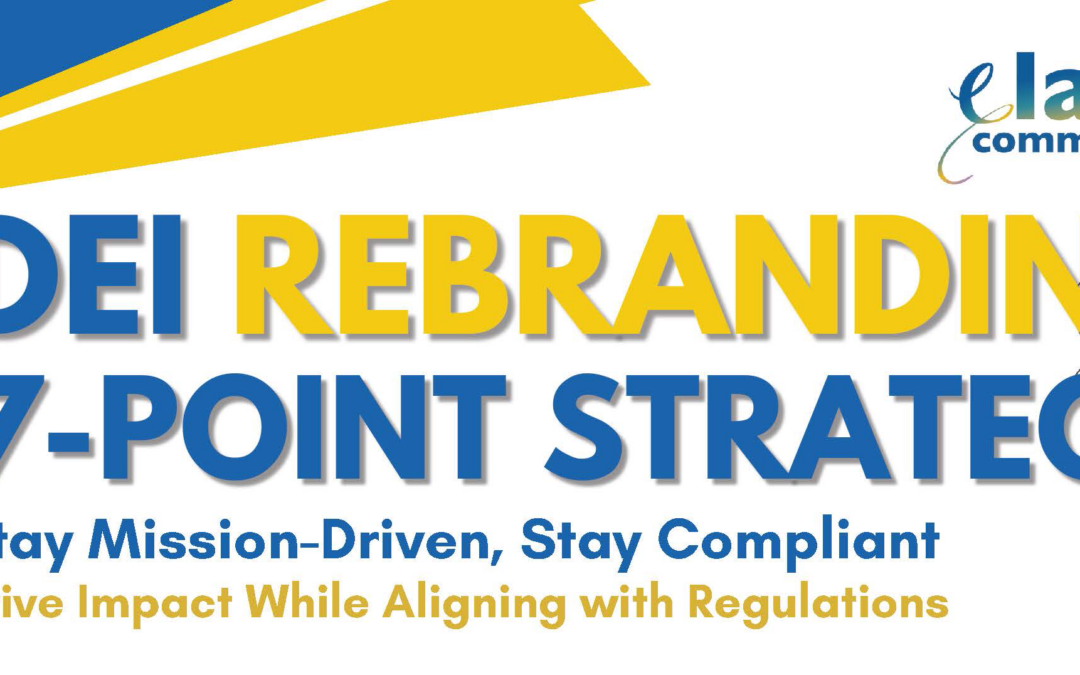Combating Alternative Facts
Nowadays, we’re inundated with information from countless sources, but not all of it is accurate or truthful. The rise of alternative facts has become a significant challenge in our pursuit of accurate knowledge. Addressing this issue requires a multifaceted approach that blends critical thinking, media literacy, and effective communication strategies.
Before we delve into how to combat alternative facts — a term popularized to describe misleading or false information presented as truth — and contribute to a more informed society, we need to understand the problem. Alternative facts are essentially falsehoods or misleading information presented as if they were factual. They often arise from a combination of misinformation (incorrect or misleading information) and disinformation (deliberately false information spread to deceive).
As communicators and leaders, it’s our responsibility to advocate for truth and combat the proliferation of false narratives. By promoting media literacy, verifying sources, encouraging critical thinking, addressing emotional appeals, engaging in constructive dialogue, supporting reliable information, and practicing good information hygiene, we can collectively work toward a more informed and truthful society.
Here’s how we can fight back against alternative facts.
- Promote media literacy. Equip yourself and others with the skills to evaluate information critically. Media literacy involves understanding how media content is created, recognizing bias, and differentiating between reliable and unreliable sources.
- Verify sources. Always check the credibility of the sources you rely on. Reputable sources typically have editorial standards and fact-checking processes in place. Tools like fact-checking websites (e.g., Snopes, FactCheck.org) can also help verify claims.
- Encourage critical thinking. Foster an environment where questioning and skepticism are encouraged. Critical thinking helps individuals approach information with a healthy dose of skepticism and curiosity.
- Address emotional appeals. When encountering information that evokes a strong emotional reaction, take a step back and assess the evidence supporting it. Emotions can cloud judgment, so it’s essential to evaluate the facts independently of how they make you feel.
- Engage in constructive dialogue. Approach conversations with empathy and respect. Instead of attacking someone’s beliefs or outright dismissing their views, engage in a dialogue that encourages open discussion and the sharing of evidence-based information.
- Support and share reliable information. Actively share and promote accurate information. By amplifying credible voices and reliable sources, you contribute to a healthier information ecosystem.
- Cultivate information hygiene. Practice good information hygiene by regularly updating your knowledge, questioning the sources you rely on, and being mindful of confirmation bias (the tendency to search for, interpret, and remember information that confirms your preexisting beliefs). Keeping your information sources diverse and credible helps maintain a balanced perspective.
Combating alternative facts is an ongoing battle that requires vigilance, education, and proactive engagement. Each of us has a role to play in navigating the complexities of information and contributing to a well-informed public discourse. And remember, combatting alternative facts isn’t just about proving others wrong—it’s about fostering a culture that values truth, critical thinking, and responsible communication. Let’s work together to build a more informed world.









